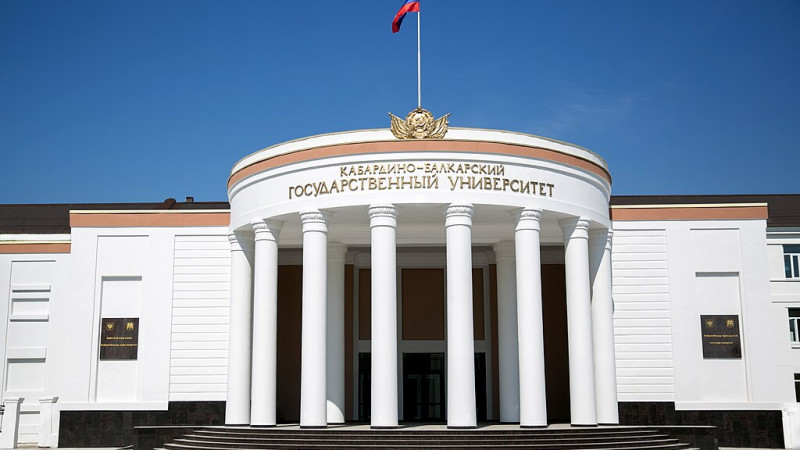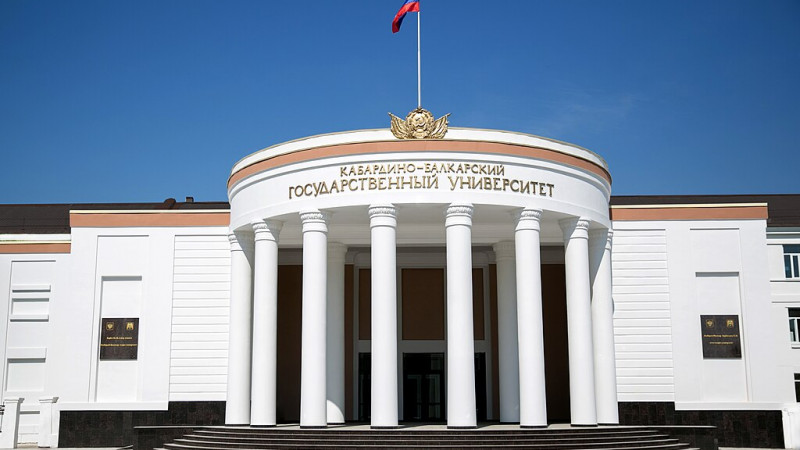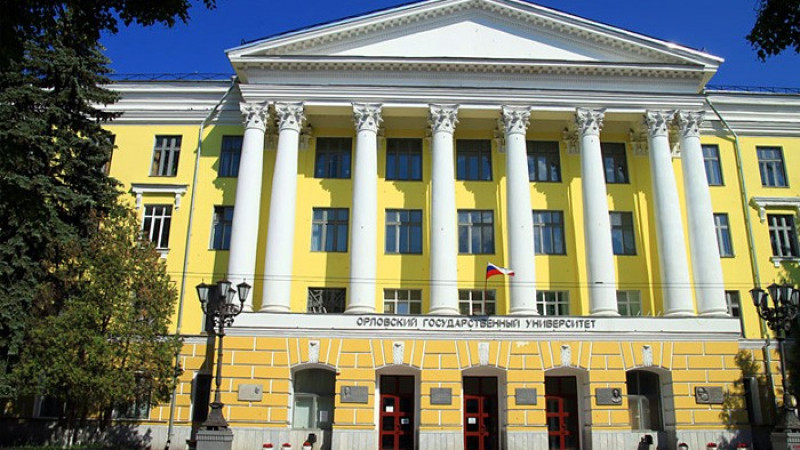India’s No. 1 Online Admission Portal Apply Now
India’s No. 1 Online Admission Portal Apply Now

The healthcare education system in Nepal needs to overcome hurdles. It persists in developing creative solutions to address the healthcare requirements of its population. This article delves into the factors that influence Nepal's approach.
Medical education in Nepal has been shaped by the country's geography and limited resources. With few doctors serving a dispersed rural population across mountainous terrain, Nepal has had to adapt its medical training to prepare doctors for remote practice.
Some key facts about medical education in Nepal:
Nepal's approach focuses on increasing access, quality, and relevance to treat patients in remote Himalayan villages.
The most common medical degree is the Bachelor of Medicine and Bachelor of Surgery (MBBS):
Besides the standard MBBS, Nepal offers some specialized degrees:
These equip students with competencies to address community health needs. Graduates can also pursue MD/MS degrees for specialization.
Nepal's outcome-based MBBS curriculum has distinct components:
Pre-Clinical Foundation
The first 2 years deliver core fundamentals:
Clinical Rotations
The next 3 years involve rotations in:
Rural and Community Focus
Specialized training prepares for rural practice:
Competency Development
Internship
This curriculum prepares graduates for remote mountain medicine.
Nepal uses varied pedagogies in medical schools:
However, specialized technology and simulation still need to be improved, especially in remote mountain regions, due to infrastructure constraints across the challenging terrain.
Nepal's medical schools grapple with considerable challenges:
Inadequate Resources
Difficult Access
Language Disparities
Student Hardships
Quality Issues
Nepal is working to reform the medical curriculum and teaching methods:
These innovations aim to prepare doctors better while increasing retention.
Looking ahead, Nepal may modernize medical education by:
Please visit our page MBBS In Nepal to know more details.
Conclusion
Nepal has a unique approach to medical education shaped by geographical and social needs within communities. By balancing rigorous foundations with adaptability and ingenuity, Nepal's medical schools strive to overcome challenges and supply rural regions with skilled, dedicated physicians. The future lies in blending time-tested medicine fundamentals with targeted innovations to serve the Nepali people.
No Comments Found

Kabardino Balkarian State Medical University provides a good quality of education with lower tuition fees for studying MBBS courses.The student-teacher ratio at Kabardino Balkarian State University is 9:1.The university has well-experienced staff members who are there to help students....

Kabardino Balkarian State Medical University Fees Structure 2024-25Kabardino-Balkarian State Medical College fee structure 2024-25 for the MBBS program is shown below:YearTuition FeesHostel Fees1st YearRUB 219200RUB 150002nd YearRUB 219200RUB 150003rd YearRUB 219200RUB 150004th YearRUB 219200RUB 150005th YearRUB 219200RUB....

Eligibility To Study MBBS In Orel State Medical CollegeThe following are the eligibility criteria for studying MBBS at Orel State Medical College:The minimum age should be 17 years and the maximum age should be up to 25 years.Applicants should complete....

The National Testing Agency (NTA) conducts the National Eligibility cum Entrance Test, NEET UG every year for medical aspirants. This year, NTA will conduct NEET 2024 on May 5 in pen and paper-based mode which is offline. The authority released the NEET....

Tairunnessa Memorial Medical College Fee Structure of 2024-25 Session for Indian & Nepalese Students Fee Structure Session: 2024-2025, Batch: TM-235(Five)years MBBS course & 01-year compulsory Internship Training total course fee is $43,000.00 (Forty-....